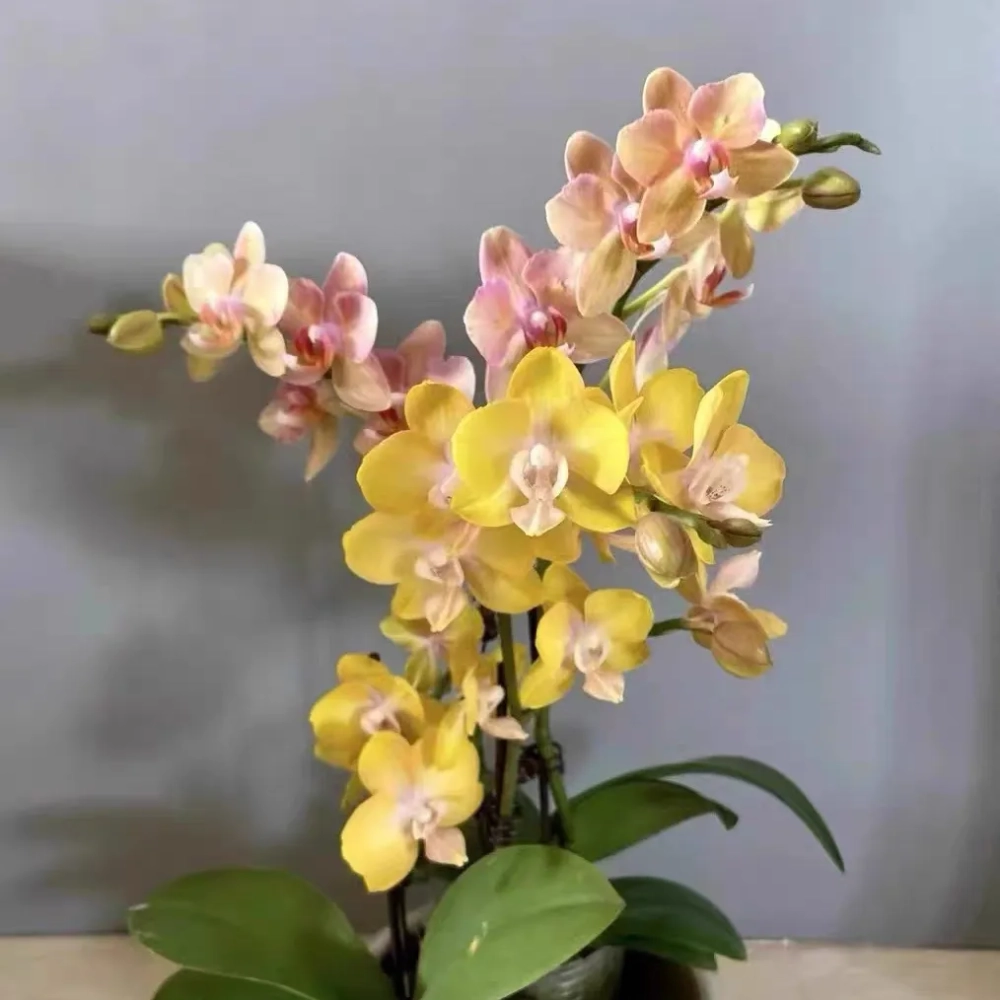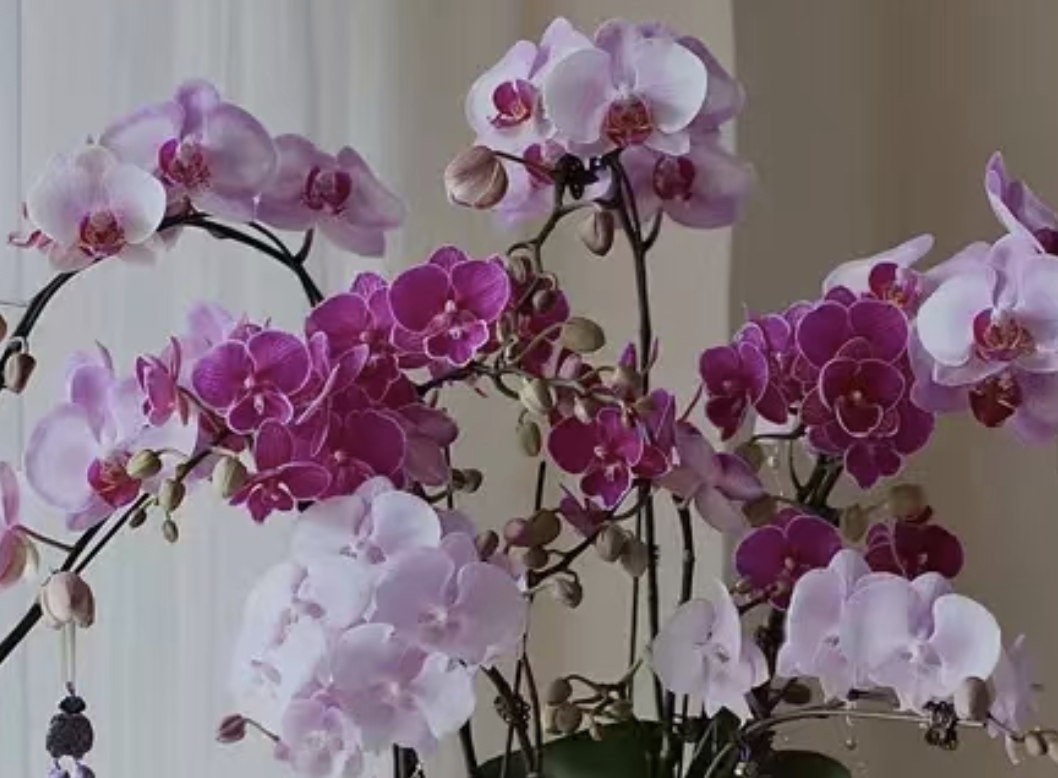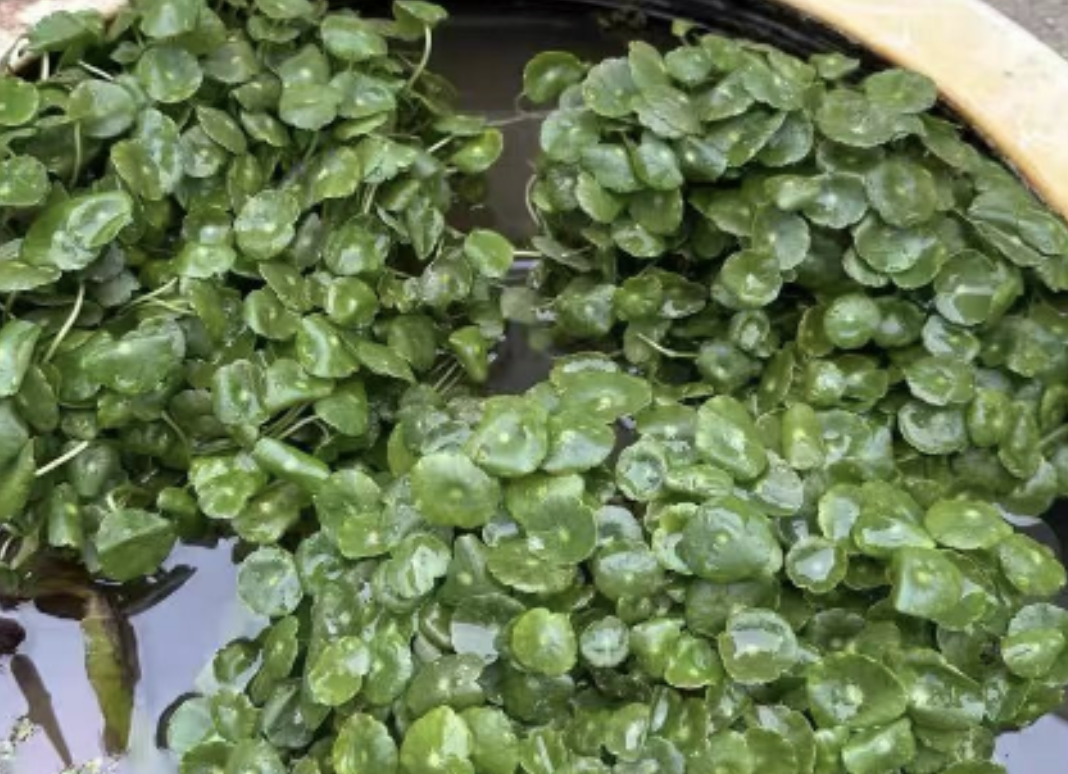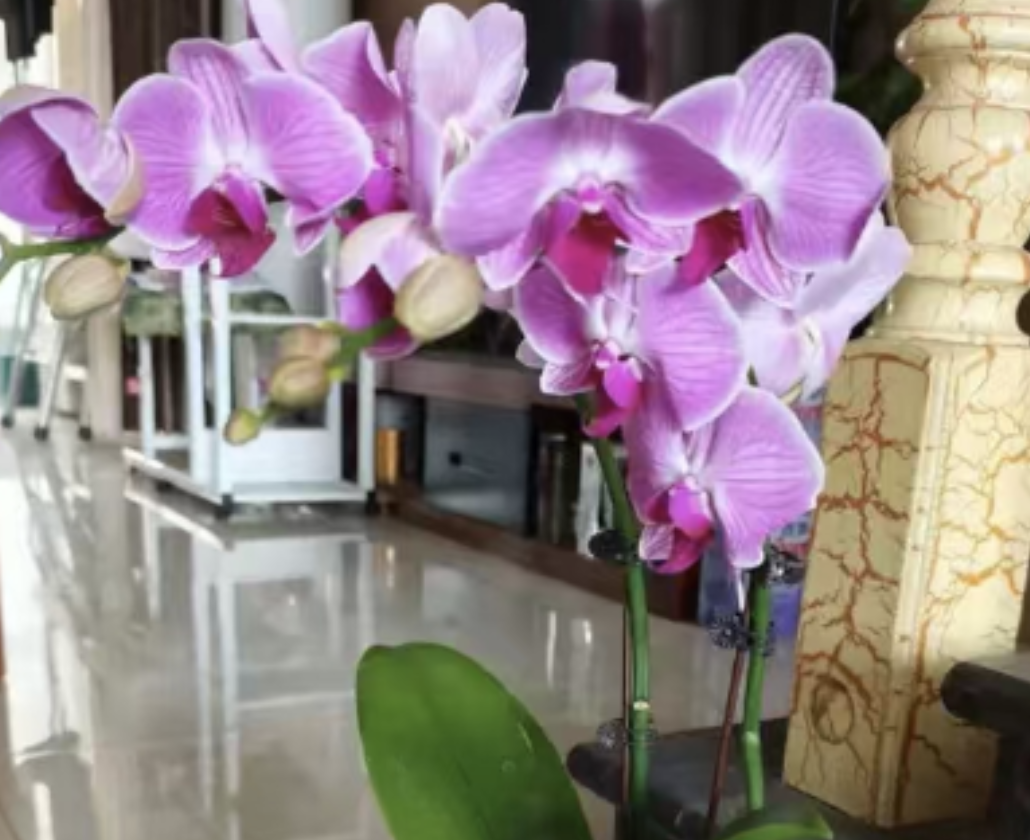# How to Revive a Phalaenopsis Wilting from Sunburn
It’s common knowledge that Phalaenopsis thrives in diffused light, but a moment of carelessness with intense sun exposure can leave its leaves wilted, curled, and with scorched black edges—it’s truly distressing to see! In fact, there’s no need to panic after sunburn; timely first aid can still save the plant. The key is to focus on "shading, hydrating, and regulating the environment." Just like how humans avoid the sun and apply moisturizer after sunburn, Phalaenopsis also needs to be cared for in a way that makes it "comfortable."
## I. First Aid for Sunburn: 2 Initial Steps to Prevent Further Damage
### 1. Shade and Cool Down: Keep Intense Sun Out First
After sunburn, the first step is to move the Phalaenopsis away from direct sunlight immediately. Relocate it to a north-facing balcony, a corner of the living room, or use a sheer curtain or sunshade net to block 50%–60% of the light—this is like holding a "sun protection umbrella" for it, preventing the remaining leaves from getting further sunburned. Never think, "It’s already been in the sun; leaving it a little longer won’t hurt." The more it’s exposed, the faster the leaves lose water, leading to more severe wilting!
### 2. Hydrate and Moisturize: Don’t Drench—Water "Gently"
First, feel the sphagnum moss: If it’s dry and hard, and there’s no moisture even when you poke 2 cm into it, hydrate the plant using the bottom-watering method. Find a shallow basin, fill it with water, and place the flower pot inside to let the sphagnum moss absorb water slowly (leave it for about 10 minutes, then take it out once the moss turns moist). Do not pour water directly onto the leaves, as water droplets gathering in the leaf center can cause rot.
If the air is dry (e.g., when air conditioning or heating is on), you can spray a little water around the leaves (avoiding flowers and the leaf center!). This is like "blowing a moist breeze" for the plant, but don’t spray too much—just a light layer of moisture on the leaf surface is enough. Excess moisture can easily lead to mold growth.
## II. Follow-Up Care: Avoid "Secondary Damage"
### 1. Trim Scorched Leaves: Cut Without Hesitation When Needed
After the plant has recovered for 1–2 days, trim off the severely scorched leaves that have turned completely yellow or brown. Use scissors sterilized with alcohol and cut gently at the base of the leaves to avoid damaging healthy tissue. These scorched leaves can no longer recover, and keeping them will only waste nutrients—just like how humans treat peeling skin after sunburn, trimming allows the Phalaenopsis to focus its energy on new leaf growth.
### 2. Improve Ventilation: Don’t Let "Moisture Rot the Roots"
Whether after bottom-watering or spraying, make sure the Phalaenopsis gets "fresh air." Place a small fan nearby and run it on low speed for about 3 hours to speed up the evaporation of moisture on the surface of the sphagnum moss. This prevents root rot caused by high temperature and humidity. Especially in summer, when temperatures are already high, poor ventilation can lead to root rot before the sunburn heals—making revival even harder.
### 3. Control Watering: Don’t "Do Harm with Good Intentions"
Be more careful with subsequent watering: Only water thoroughly using the bottom-watering method when the surface of the sphagnum moss turns white and there’s no moisture 2 cm below the surface. Additionally, never water during the midday heat—just like humans avoid drinking ice water in summer, watering Phalaenopsis roots with warm water at noon can irritate the roots, causing them to shrink and fail to absorb water properly. Watering while the moss is still moist is like soaking the roots in a "hot, humid environment," which will add new problems before the sunburn heals.
## III. Avoid These "Pitfalls"—They’ll Make Things Worse
If you notice that the leaves are wilting *and* the roots have turned black and sticky, you must remove the plant from its pot for treatment: Trim off all rotten and hollow roots, soak the remaining root system in a carbendazim solution for 15 minutes to disinfect it, let it dry, then repot it with fresh sphagnum moss. Do not reuse the old moss—it may harbor pathogens that can cause new issues for the healthy roots.
During high summer temperatures, shading alone isn’t enough. You can also splash a little water on the ground around the flower pot, or spread a layer of wet pebbles in the saucer (place the pot on the pebbles, not in the water). The evaporation of water will lower the temperature, creating a "comfortable microenvironment" for the Phalaenopsis and helping it recover faster.
In fact, sunburn in Phalaenopsis isn’t a major issue. As long as you provide timely first aid and proper follow-up care, new leaves will sprout after some time. Just like caring for a delicate potted plant, understanding its preferences—*it fears intense sun, poor ventilation, and cold water*—will help you avoid many mistakes!
How to Revive a Wilted Phalaenopsis After Sun Exposure

Share with
Tagged in :




Leave a Reply